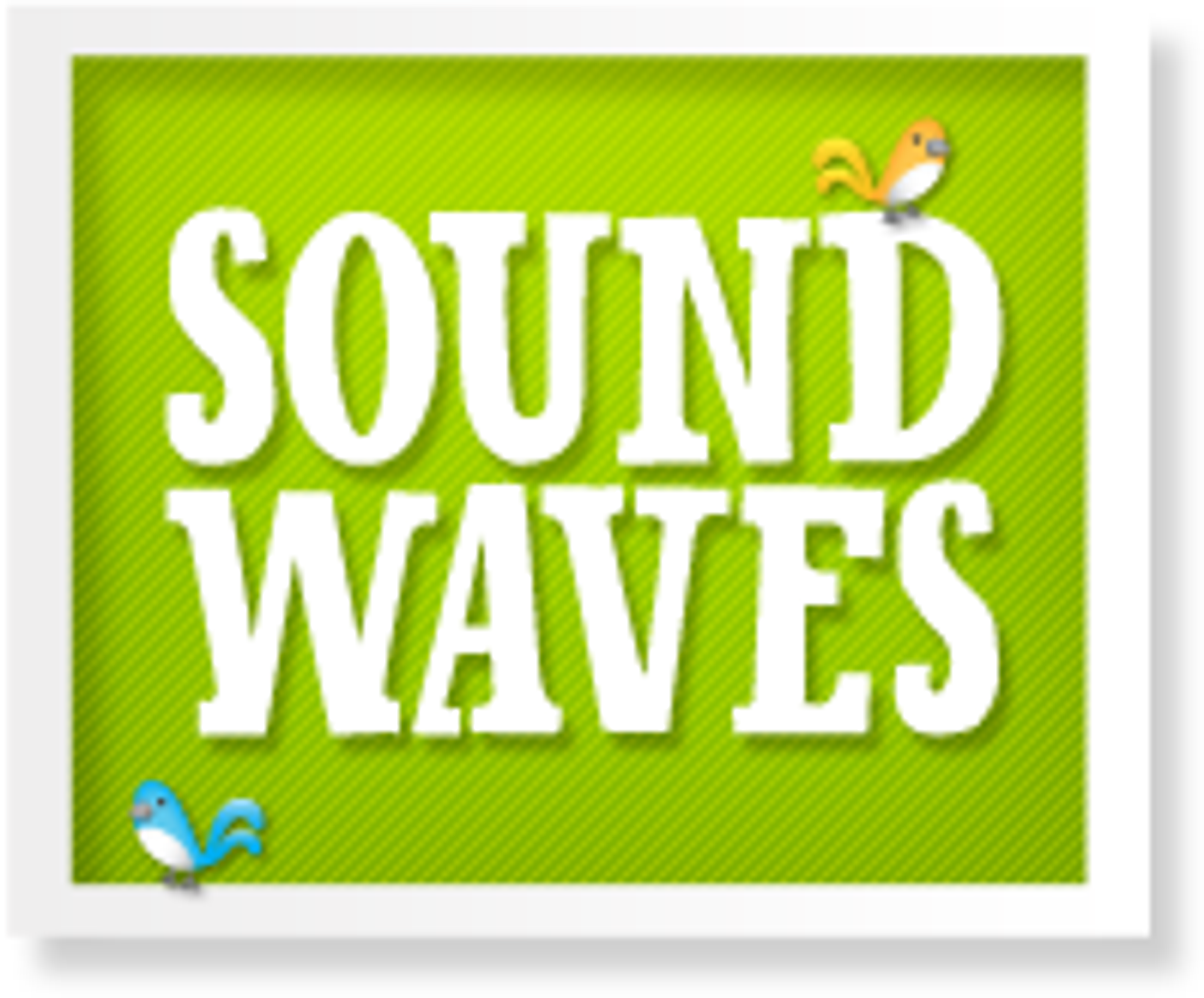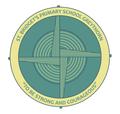Sound Waves Spelling

The Spelling program we use at St Bridget's is called Sound Waves. Sound Waves Spelling is a whole-school systematic synthetic phonics and word-study program designed to develop reading, spelling and writing skills from Foundation through to the final years of primary school. Systematic synthetic phonics is an approach to phonics instruction that involves explicitly and systematically teaching the relationship between phonemes and graphemes. It is a research based and well established method of teaching critical reading and spelling skills.
In Prep for example, we are currently in Phase 2 of this program, students learn how to represent the 43 sounds of spoken Australian English using the letters of the alphabet. They participate in whole-class lessons where the teacher models forming letters, and spelling and reading words. These lessons are followed by fun hands-on activities in which children practise their spelling and reading skills.
Lessons in this phase are taught in a very specific order to minimise confusion for students. At first students learn to use a single letter for one sound. For example, they learn to spell and read words such as top, pin and hen. Then students learn that some sounds are represented by two letters. For example, they learn to spell and read words such as ring, fish and moth. They also learn that some sounds can be represented in different ways. For example, they learn that the sound at the end of bee can be shown in writing using ee as in see, e as in we or ea as in eat.
As students progress through Phase 2: Discovering Graphemes, they are introduced to Focus Words and Special Words. Focus Words are words that students will be able to read and spell, based on the phoneme–grapheme relationships they have been taught. Special Words are high-frequency words with unusual spellings (e.g. the) or words containing phoneme–grapheme correspondences not yet taught in the phase.
Kind regards
Mrs Margie Maher
Learning & Teaching Leader
